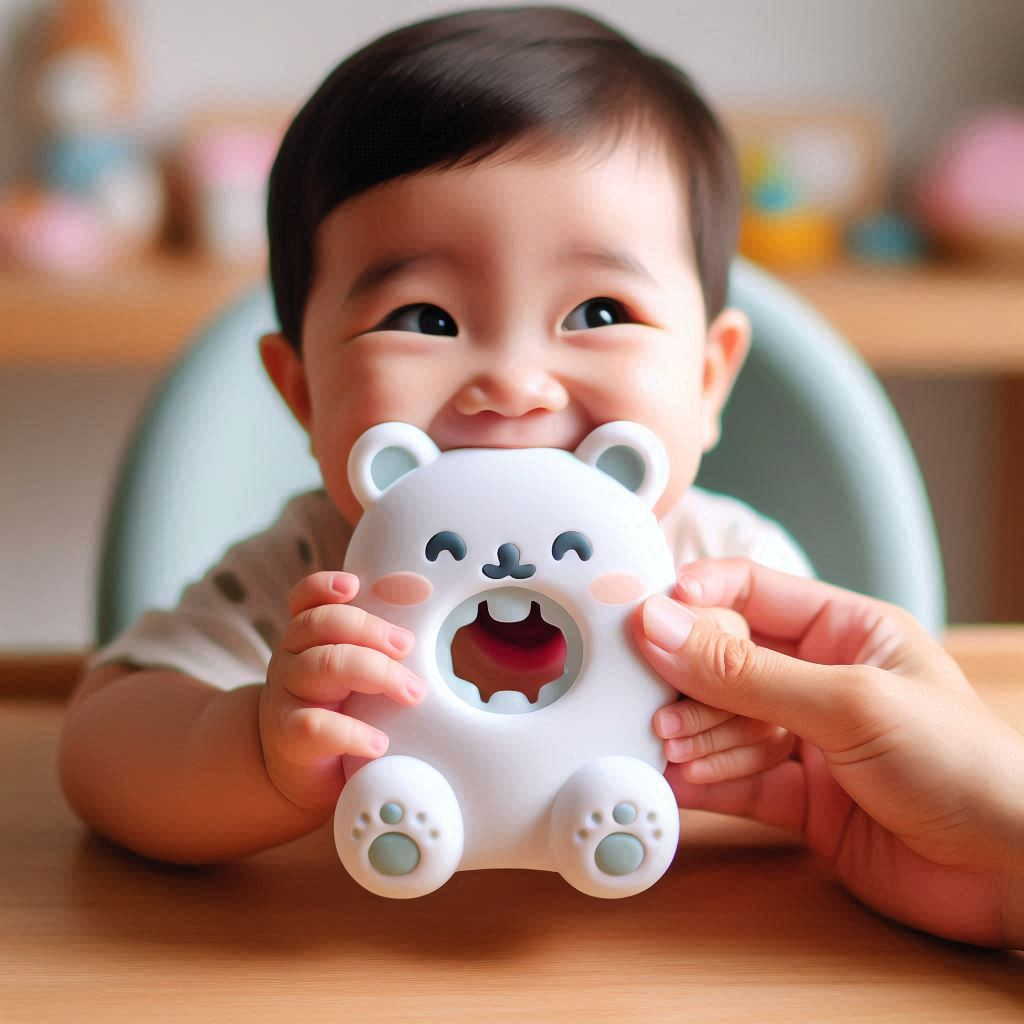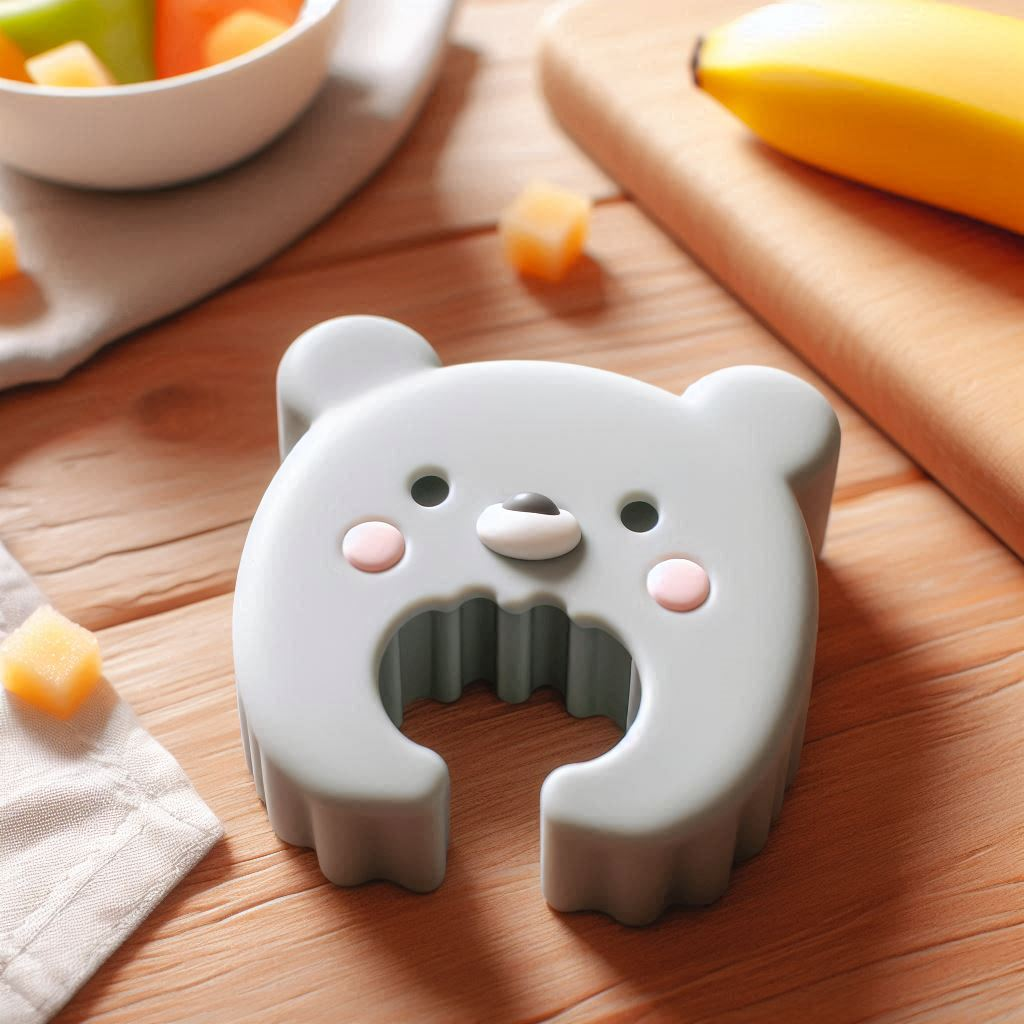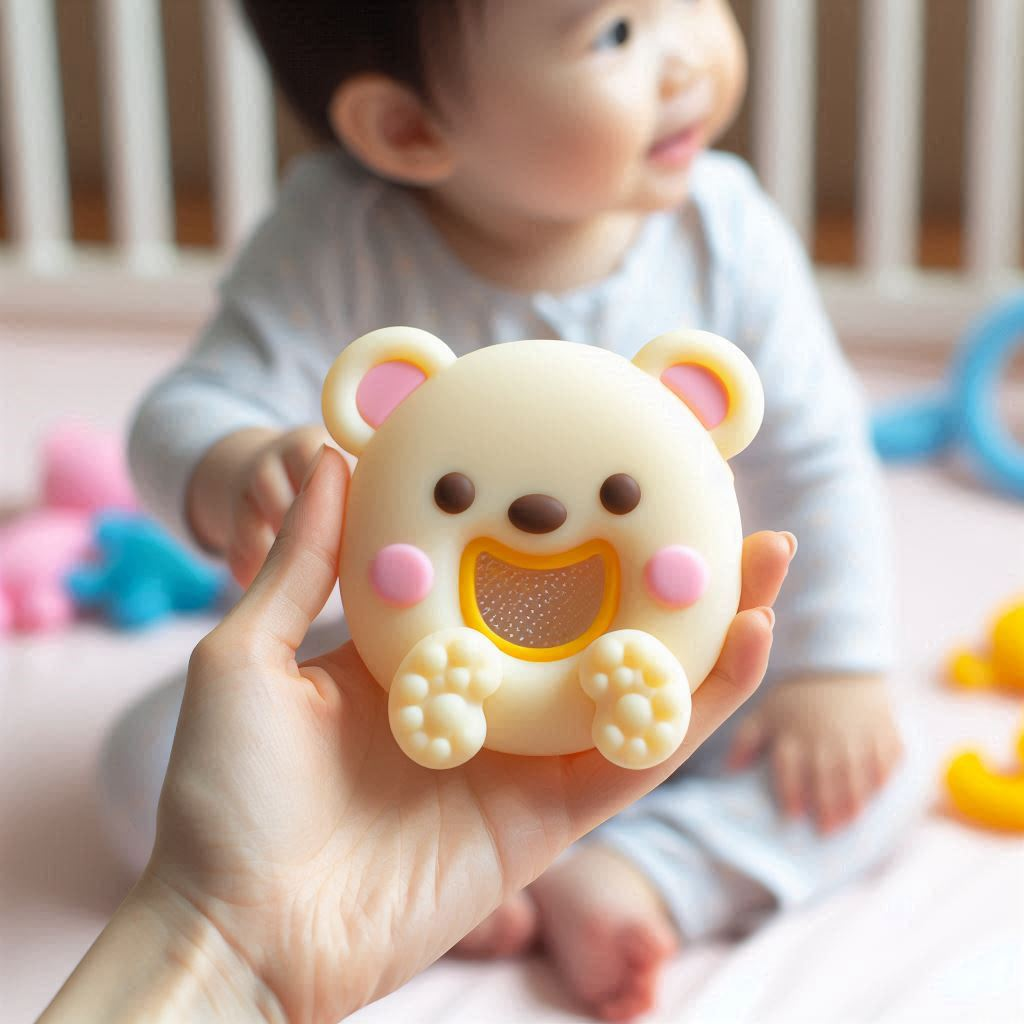The Snack Blocker for Baby
Struggling to manage your little one’s snacking habits? You’re not alone. As a parent, I’ve faced the daily challenge of keeping my baby’s munching in check. That’s where the Snack Blocker for baby comes in – a clever tool that’s revolutionizing how we approach infant nutrition. In this post, we’ll dive deep into this innovative solution, exploring how it can help shape healthier eating patterns from day one.
Quick Answer: What is a Snack Blocker for Baby?
A Snack Blocker for baby is a device designed to control when and how infants access snacks, promoting structured eating habits and reducing the risk of overfeeding or constant grazing.
The Snack Blocker Revolution: My Personal Journey
Before we dive in, let me share a quick story. When my daughter Lily turned 8 months old, her curiosity about food exploded. Suddenly, every mealtime became a grabbing frenzy. Cheerios scattered across the floor, banana mush smeared on the walls – you name it, we experienced it. I was at my wit’s end until a fellow mom introduced me to the Snack Blocker for baby. It was a game-changer, and I’m excited to share what I’ve learned with you.
Understanding the Snack Blocker Concept

So, what exactly is a Snack Blocker for baby? Simply put, it’s a tool that helps parents regulate their baby’s snacking habits. These clever devices come in various forms, from simple lidded containers to more high-tech gadgets. The core idea is to create a barrier between your little one and their snacks, allowing you to control when and how much they munch.
Key Features of a Snack Blocker
- Child-resistant design: Easy for adults to open, but tricky for tiny hands
- Portion control: Many blockers have compartments for measured snack amounts
- Durability: Built to withstand the inevitable drops and throws
- Portability: Perfect for on-the-go snacking management
Read more: Should I Get An Infant Car Seat Or Convertible For My Baby?
Why Consider a Snack Blocker for Your Baby?
You might be wondering, “Is a Snack Blocker for baby really necessary?” Let’s break down the benefits:
- Promotes healthier eating habits: By controlling snack access, you’re helping your baby develop a more structured approach to eating.
- Reduces choking hazards: With supervised snack times, you can ensure your baby is eating safely.
- Prevents overeating: Constant snacking can lead to poor appetite at mealtimes. A snack blocker helps maintain a balance.
- Encourages variety: When snacks aren’t always available, babies are more likely to try new foods at mealtimes.
- Teaches patience: It might seem small, but learning to wait for snack time is a valuable life lesson.
Choosing the Right Snack Blocker for Your Baby
Not all Snack Blockers for baby are created equal. Here’s what to look for when shopping for one:
| Feature | Why It Matters |
|---|---|
| Material | Opt for BPA-free, food-grade materials |
| Size | Should fit comfortably in your diaper bag |
| Ease of cleaning | Dishwasher-safe is a big plus |
| Age-appropriate design | Some blockers grow with your child |
Implementing the Snack Blocker: Tips and Tricks
Introducing a Snack Blocker for baby can be a smooth process if you follow these tips:
- Start gradually: Begin by using the blocker for just one snack time a day, then slowly increase.
- Be consistent: Stick to your snack schedule to help your baby adjust to the new routine.
- Make it fun: Turn snack time into a positive experience. Maybe sing a special “snack time” song!
- Lead by example: Let your baby see you using similar portion control for your own snacks.
- Stay patient: Remember, it’s a learning process for both you and your baby.
Addressing Common Concerns About Snack Blockers
As with any parenting tool, there are always questions. Let’s tackle some common concerns about using a Snack Blocker for baby:
1. Will my baby get hungry?
It’s a valid worry, but remember – we’re not restricting food, just managing when it’s eaten. Your baby will still get all the nutrition they need, just in a more structured way.
2. What if my baby gets frustrated?
Some initial frustration is normal. Stay calm and redirect their attention. Over time, they’ll adapt to the new routine.
3. Is it safe?
When used properly, a Snack Blocker for baby is perfectly safe. Always supervise snack times and choose age-appropriate foods.
Beyond Snacking: The Developmental Benefits
Using a Snack Blocker for baby isn’t just about food – it can support your little one’s development in surprising ways:
- Fine motor skills: Manipulating the blocker can improve hand-eye coordination
- Cognitive development: Learning to wait for snack time boosts problem-solving skills
- Emotional regulation: Delayed gratification is a crucial life skill
- Social skills: Structured snack times can become bonding moments
Creative Ways to Use Your Snack Blocker
Think outside the box! Your Snack Blocker for baby can be more than just a food container:
- Sensory play: Fill it with safe, non-food items for exploration
- Color sorting: Use different compartments for a fun learning activity
- Mealtime helper: Use it to introduce new foods in small, manageable portions
- Travel buddy: Keep small toys organized on trips
The Long-Term Impact: Setting the Stage for Healthy Eating
By introducing a Snack Blocker for baby, you’re not just managing today’s snack time – you’re laying the groundwork for a lifetime of healthy eating habits. Research shows that early eating patterns can influence food preferences and eating behaviors well into adulthood.
“The habits we form in childhood often stick with us for life. By teaching structured eating from an early age, we’re giving our children the tools they need for a healthy relationship with food.” – Dr. Sarah Thompson, Pediatric Nutritionist
Snack Blocker Recipes: Healthy Ideas for Little Munchers

Now that you’ve got your Snack Blocker for baby, what should you put in it? Here are some nutritious, age-appropriate ideas:
- Soft fruit chunks: Ripe banana, peach, or melon (for babies 6+ months)
- Veggie sticks: Steamed carrot or sweet potato (for babies 8+ months)
- Cheese cubes: Soft, pasteurized cheese (for babies 9+ months)
- Whole grain options: Cheerios or puffed rice (for babies 10+ months)
Remember to always cut foods into age-appropriate sizes to prevent choking hazards.
Read more: Do You Need An Infant Car Seat
Conclusion: Embracing Mindful Eating from the Start
Introducing a Snack Blocker for baby is more than just a practical solution to messy snack times – it’s a step towards fostering a healthy relationship with food from the very beginning. By providing structure, encouraging patience, and promoting mindful eating, you’re giving your little one a valuable head start in life.
Remember, every baby is unique, and what works for one might not work for another. Be patient, stay consistent, and don’t be afraid to adjust your approach as needed. With time and practice, using a Snack Blocker for baby will become second nature for both you and your little muncher.
Here’s to happy, healthy snacking adventures with your little one!

Jessica Winter is a passionate parenting blogger with two years of experience guiding new and seasoned parents through the joys and challenges of raising babies. Her insightful posts blend personal anecdotes with expert advice to offer a warm and practical perspective on modern parenting.

